Railroad History and Heritage Are Preserved at the Meridian Railroad Museum
Discover the Meridian Railroad Museum in Mississippi, featuring a captivating model railroad display and rich history of local railroads. Free entry.
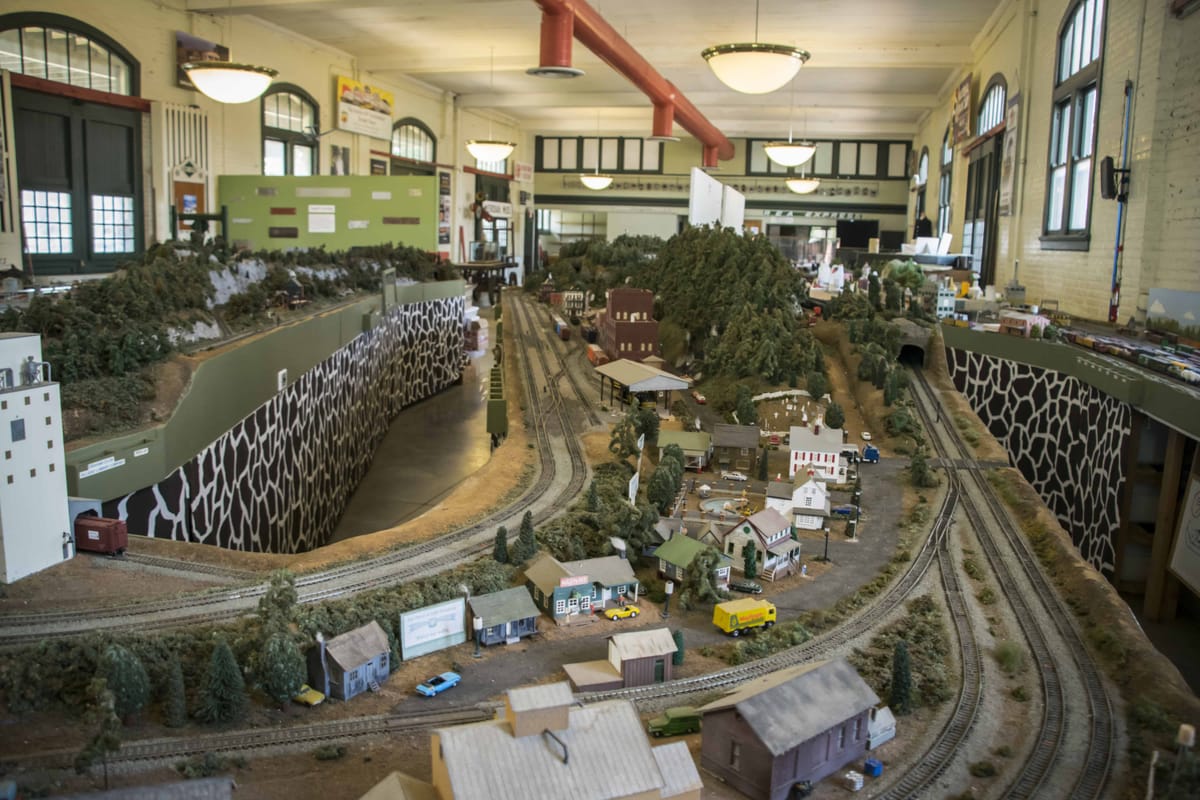
One of central Mississippi’s best-kept secrets is the Meridian Railroad Museum. It’s easy to find – just north of Interstate 20 in Meridian Mississippi’s downtown historic district – and is a real treasure.
Considering all that this museum has to offer, I don’t understand why it is not overrun with visitors every Saturday morning. By the way, it is a free museum staffed by helpful volunteers. Knowledgeable model railroad enthusiasts happily answer visitors’ questions.
The Model Railroad Display
The most remarkable feature in the museum is the model railroad display, where dozens of volunteers work to create detailed models of trains, terrains and commercial enterprises near the railroads.
When the model display is active, museum-goers can watch trains roll through tunnels, beside forested hills, and into the industrial and business districts. There is even an overhead aircraft, but it’s in trouble – replicated smoke cascades as it descends from the sky.
Children delight in the motion of the train or become intrigued by the creative process, and everyone learns more about trains through interaction with the volunteers and educational materials available to the public.
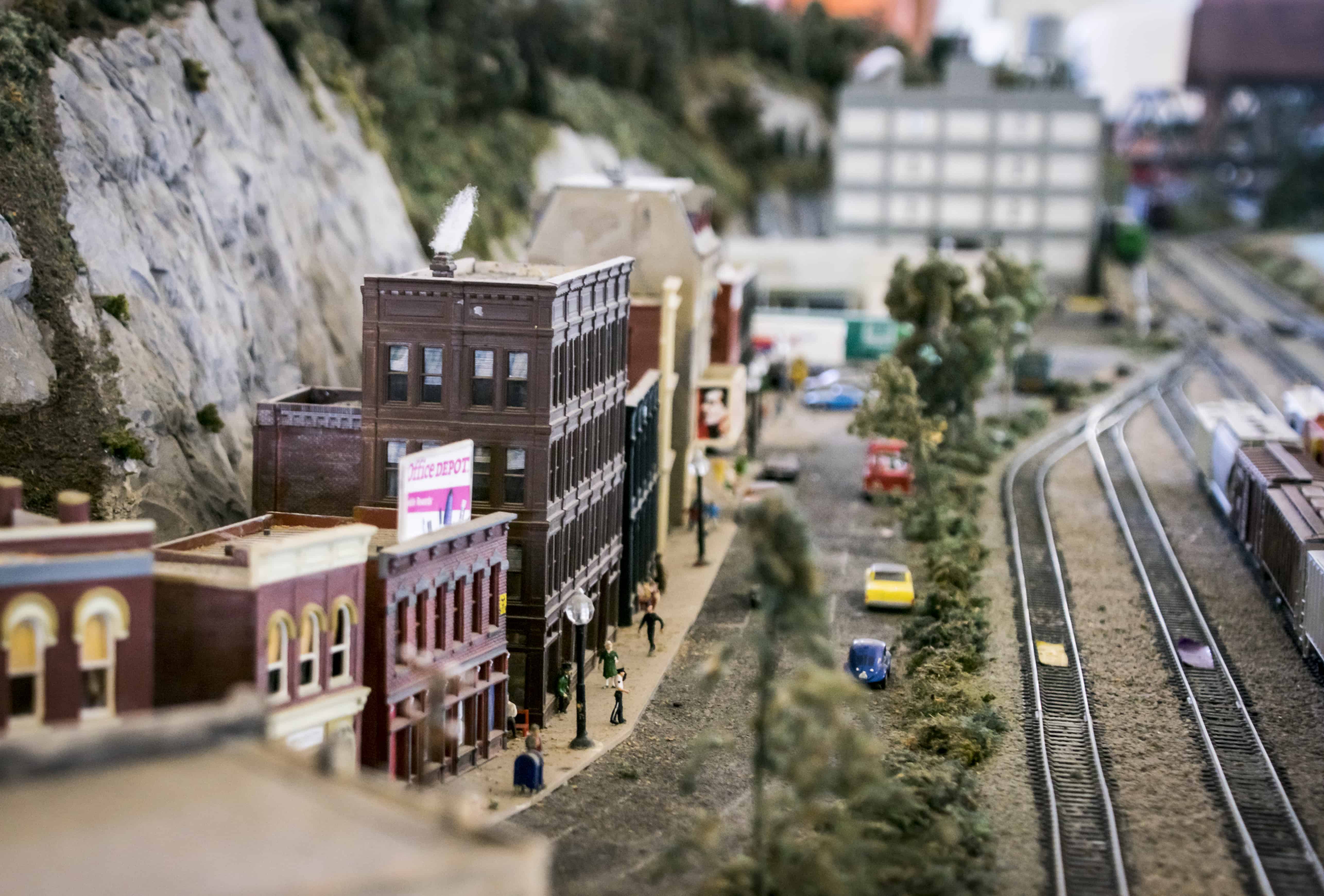
Touring the Meridian Railroad Museum
The model railroad is undoubtedly the star in this museum, but there is so much else to see inside the single room display area, covering the entire Railway Express Agency (REA) building. Original passenger seating modules are located near the door, situated just as expected, close to the exits for the train debarkation points. It’s easy to imagine eager passengers preparing for a trip or welcoming loved ones back to their homes.

Glass cases store memorabilia of various railway lines, including Amtrak. Original dining car accessories, such as linens and silverware, plates, glasses and service trays, are lovely to see and carefully preserved. Builder’s Plates and Trust Plates are on sturdy display walls, each intricate with points of relevant historical detail.
Telecommunications displays include a centralized traffic control console for routing the trains, signal flags, and conventional telephone equipment.
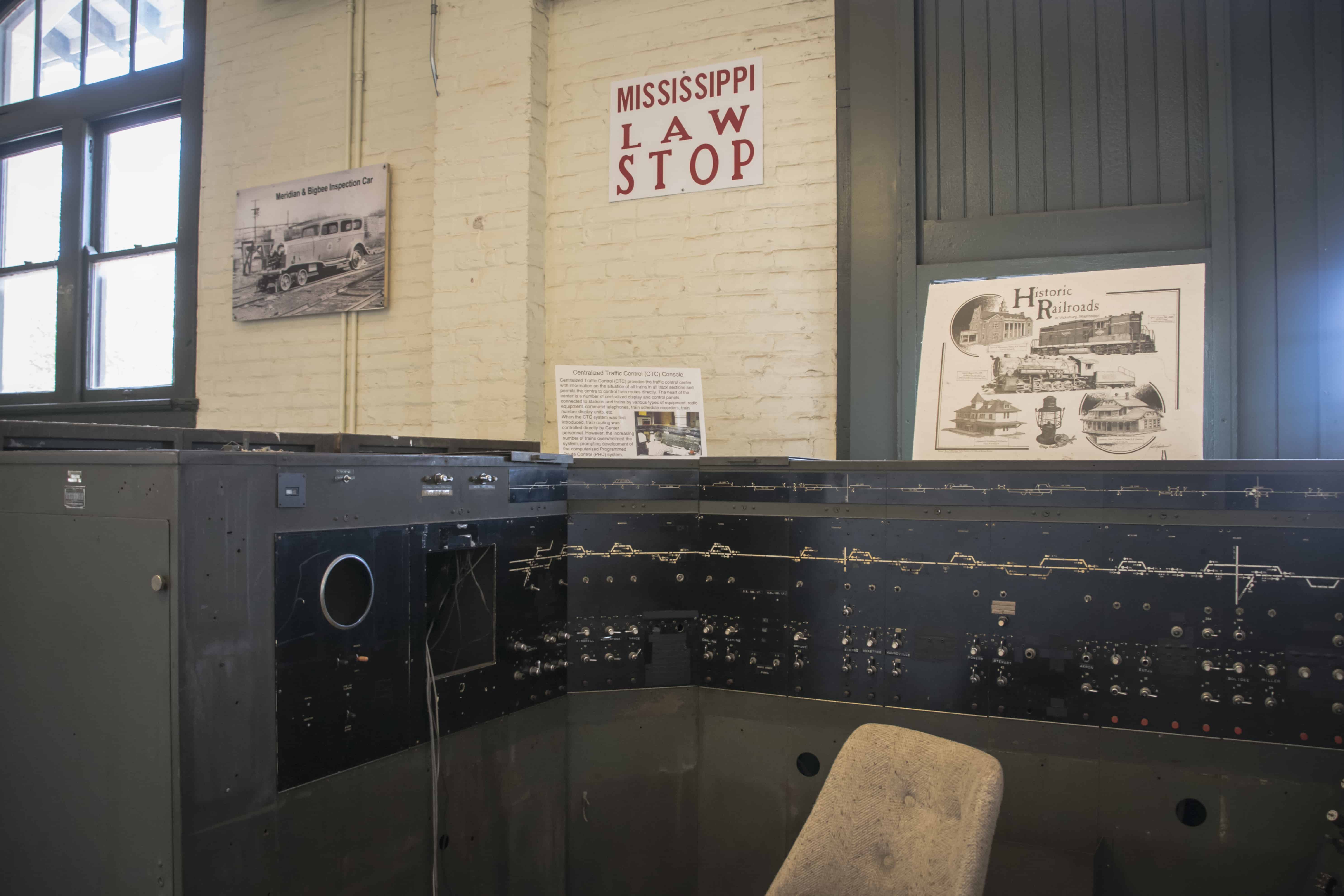
History of the Meridian Train System
The Meridian rail station began as Sowashee Station, named after a nearby creek. In October 1855, a train from the Mobile and Ohio Railroad stopped at the McLemore Plantation in rural Mississippi. The fields, rich with cotton and corn, surrounded the station, along with sturdy oak trees and towering pine forests. The railroad crew marked the location. And so it began, a simple stop of the train impacted the region’s economy for decades.
The train was moving north from the gulf coast town of Mobile, Alabama and headed toward Tennessee, then onward to Ohio. This transport route generated spurts of economic growth as small communities scheduled their deliveries and people gathered to collect and send merchandise and essential supplies. With the success of the north-to-south routes, the railroad companies developed east and west routes.
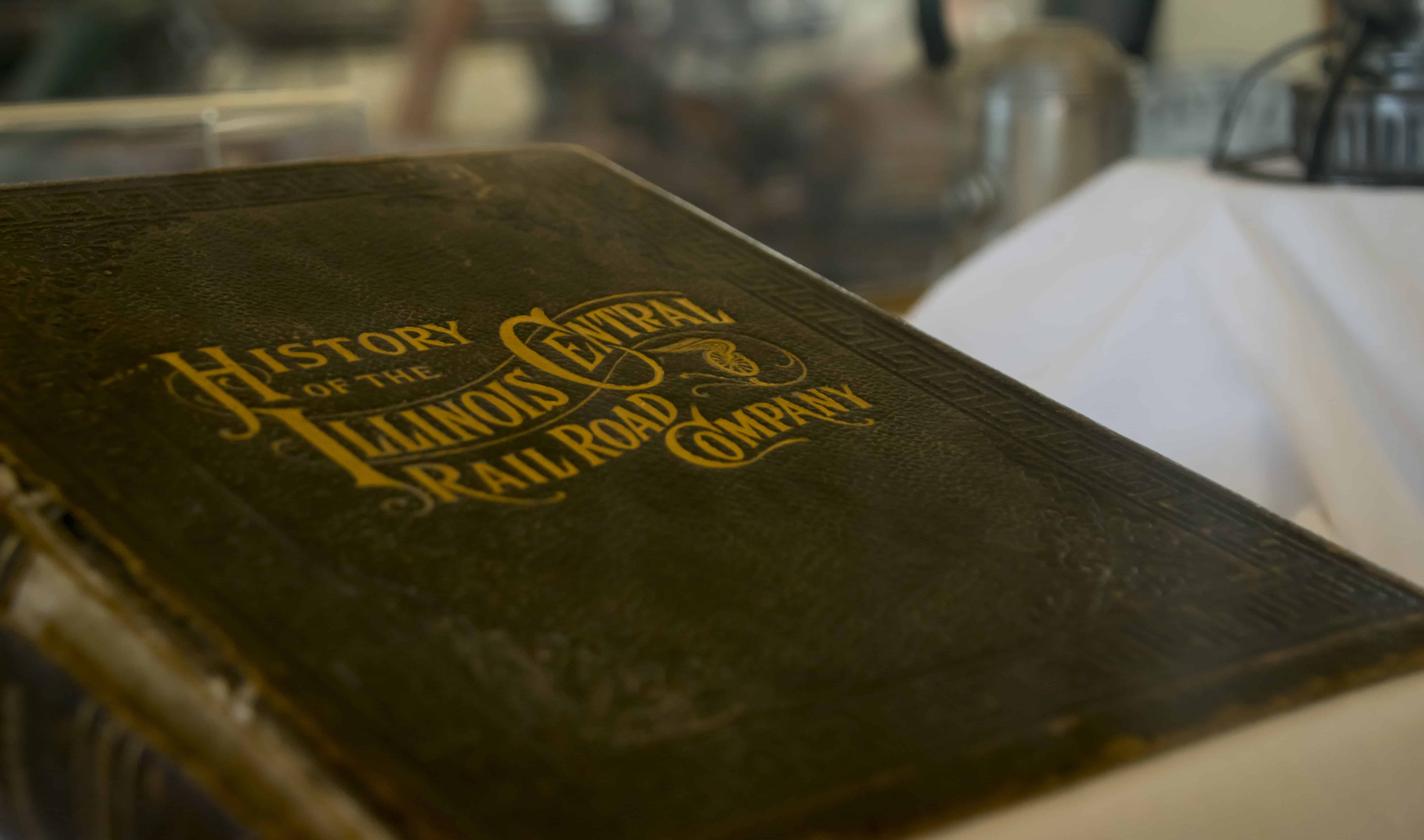
The Southern Railroad Company decided to establish a railroad line from Vicksburg, Mississippi on the west to Montgomery, Alabama in the east. However, when funding fell short, the construction stopped.
Intended to pass south of Meridian, through other small towns in the area, Mr. Lewis Ragsdale offered and provided free land to the railroad in exchange for re-routing the rail line through Meridian, Mississippi. A resourceful leader, Ragsdale is now known as one of the city founders.
Civil War Impact on Meridian’s Railroads
During the American Civil War, also known as the War of Northern Aggression when south of the Mason Dixon line, Meridian was the location of a Confederate arsenal and a military hospital. The city became the temporary headquarters for state offices when Jackson, the state capital, was under Union attack.
In February 1864, the burning campaign across the South, led by General William Tecumseh Sherman, destroyed the central Mississippi railroad system and thousands of acres of farmland, along with homes and businesses.
In Meridian, the Sherman necktie technique was used to heat the rail ties and then bend them into a loop using crowbars, so that the rail ties could not be straightened or repaired. This war tactic was crippling to the Confederate forces since the region had limited supplies of iron and few iron foundries for the construction of new rails.
The Railway Express Agency Building Construction
After the war, reconstruction began. Railroad traffic was active in Meridian again. It was time to build a proper railroad station for transporting goods and for providing passenger conveniences. The Railway Express Agency Building opened just after the turn of the century at the leadership of Charles M. Rubush, builder. This building is now the home of the Meridian Railroad Museum, and quite fitting as a display center for preserving history that is so integral to this region.
Trained as a brick mason through an apprenticeship program, Rubush perfected his trade and became a highly skilled builder. In addition to the Railway Express Agency (REA) building, Rubush built other important public buildings in Mississippi.
He constructed the main building of the State Agricultural and Mechanical College now known as Mississippi State University in Starkville along with the Lauderdale County Courthouse, (completed in 1905) government buildings, commercial developments, and private homes.
Rubush was born in Indiana and arrived in Meridian, Mississippi in 1868, where he lived the remainder of his life. Rubush is buried in a family plot at Meridian’s Rose Hill Cemetery.
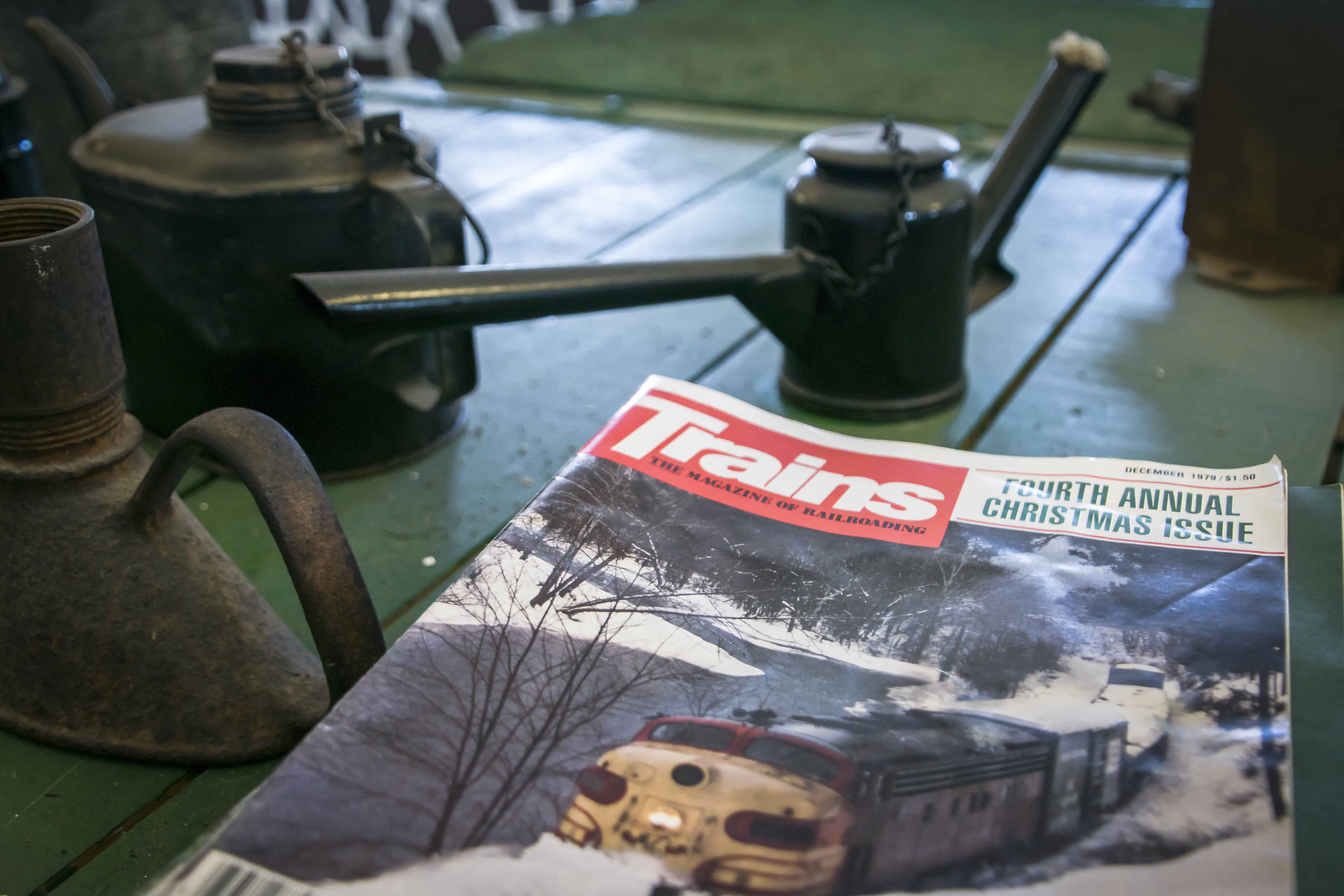
The Multi-Modal Transit Center
The Multi-Modal Transit Center (MMTC) is a modern facility covering four city blocks. The Alabama Great Southern Railroad Company donated 6 acres of land for the project. Sites on the donated land include Union Station (passenger terminal), the Meridian Railroad Museum (REA building), a landscaped park area with visitor seating, and an open venue for a farmers’ market and local festivals.
If You Go to Meridian Railroad Museum
Meridian Railroad Museum, 1805 Front St. Meridian MS 39301
Phone (601) 485-7245
Open Saturdays only at this time. Call to confirm hours and be sure to ask if the model train will be running.
For More Information
http://www.visitmeridian.com/index.cfm/play/all-play/meridian-railroad-museum11/ – Meridian Mississippi tourism site (@visitmeridian or @cityofmeridian)
http://www.greatamericanstations.com/stations/meridian-ms-mei/ – Site about train stations
https://www.facebook.com/VisitMeridian/ Meridian Mississippi tourism on Facebook




